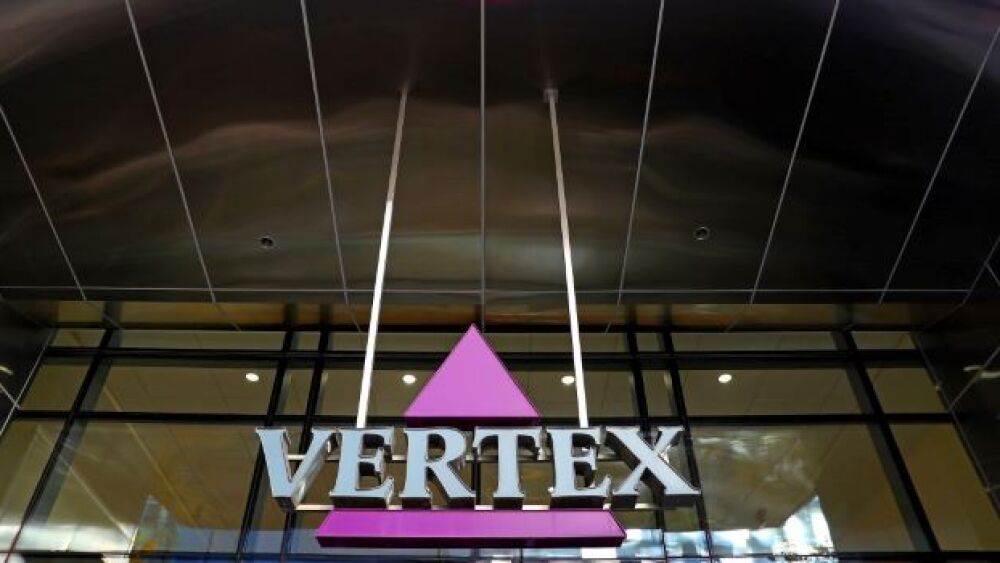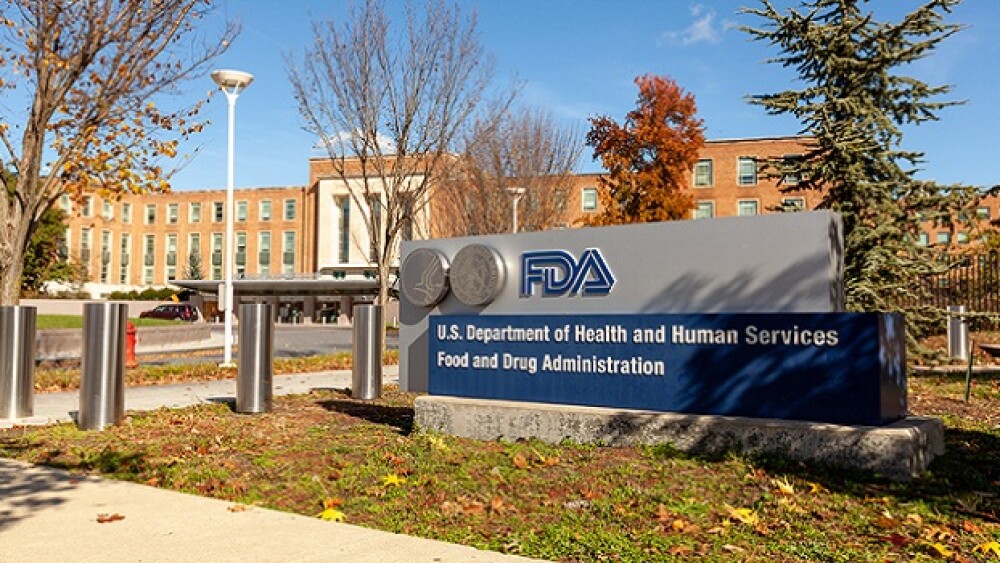Vertex Pharmaceuticals is marching toward the launch of exa-cel with a lot of confidence, per its full-year 2022 presentation.
David L. Ryan/The Boston Globe via Getty
Vertex Pharmaceuticals is marching toward the launch of exagamglogene autotemcel (exa-cel), its potential one-time treatment for sickle cell disease (SCD) and transfusion-dependent beta-thalassemia (TDT) – with a lot of confidence, per its full-year 2022 presentation.
In an investor call Tuesday, Reshma Kewalramani, M.D., CEO and president, Vertex, said the company expects exa-cel to be its next commercial launch.
The candidate, being developed in partnership with CRISPR Therapeutics, is Vertex’s most advanced candidate outside of its cystic fibrosis program and is poised to be the first CRISPR-based gene editing therapeutic approved by the FDA.
“Exa-cel holds curative potential for patients with sickle cell disease and transfusion-dependent beta-thalassemia,” Stuart Arbuckle, executive vice president and chief operating officer, Vertex, told investors.
For exa-cel’s initial launch, the company plans to focus on the approximately 32,000 patients with severe SCD and TDT, both in the U.S. and in Europe. These patients suffer from multiple hospitalizations yearly due to vaso-occlusive crises in SCD or require near-monthly transfusions for TDT.
Aside from offering a potential cure, exa-cel is designed to be a one-time treatment, which could lead to substantial savings both for patients and for the healthcare system, Arbuckle said.
In the U.S., for instance, SCD patients who endure recurrent vaso-occlusive crises will spend an estimated $4.2 to $6.2 million throughout their lives, according to Vertex’s presentation. TDT, meanwhile, has a $4.2 to $5.7 million projected lifetime cost.
In September 2022, the FDA granted exa-cel rolling review, which Vertex expects to complete in the first quarter of 2023.
The First CRISPR-Based Gene Editing Therapy?
SCD and TDT are caused by mutations in the beta-globin gene, which is responsible for producing a protein crucial to healthy hemoglobin function. The faulty protein gives rise to abnormal hemoglobin, which in turn leads to the trademark anemia seen in both conditions.
Through exa-cel, Vertex and CRISPR aim to address the underlying cause of SCD and TDT. The candidate is an autologous and ex vivo gene-edited therapy that uses the CRISPR/Cas9 system to edit a patient’s own hematopoietic stem cells to produce high levels of fetal hemoglobin.
This mode of action gives exa-cel the potential to reduce transfusion burden in TDT and ease painful and debilitating episodes in SCD.
Vertex is running five studies for exa-cel: the Phase I/II/III open-label CLIMB-111 and CLIMB-121 trials, the Phase III open-label CLIMB-141 and CLIMB-151 trials and the long-term open-label CLIMB-131 trial.
Most recently, the development partners released data from CLIMB-111, CLIMB-121 and CLIMB-131 showing that exa-cel could prevent or substantially reduce transfusions in TDT and vaso-occlusive crises in SCD for more than 30 months of follow-up. These findings were presented in June 2022 at the European Hematology Association Congress.






